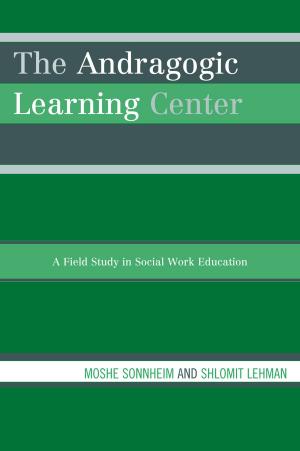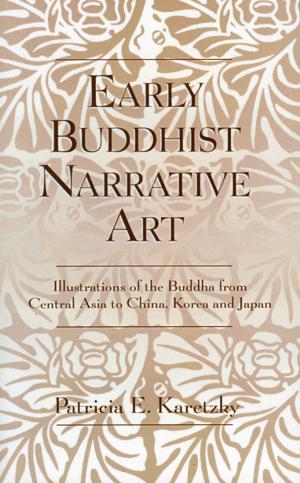The Light Gray People
An Ethno-History of the Lipan Apaches of Texas and Northern Mexico
Nonfiction, Social & Cultural Studies, Social Science, Anthropology, History, Americas, United States| Author: | Nancy McGown Minor | ISBN: | 9780761848554 |
| Publisher: | UPA | Publication: | October 5, 2009 |
| Imprint: | UPA | Language: | English |
| Author: | Nancy McGown Minor |
| ISBN: | 9780761848554 |
| Publisher: | UPA |
| Publication: | October 5, 2009 |
| Imprint: | UPA |
| Language: | English |
Although Lipan Apache culture was studied by one of the most eminent anthropologists of the twentieth century, many important questions remain. What is the meaning of the tribal name Lipan? Did Morris Opler's 1935 study of historical Lipan culture conform to practices seen by eighteenth century Spaniards? Only four in situ observations of Lipan Apache culture survive - observations made by a Spanish priest, a Spanish military officer, a Swiss botanist and an Anglo captive. Each source reveals fascinating insights into a hitherto unseen world of Lipan beliefs and practices. The sources reported, for example, that the Lipans were able to predict both solar and lunar eclipses, a practice which went far beyond the vision quest posited by Opler. The Light Gray People seeks to complete a comparative analysis of traditional Lipan Apache culture, as seen through the eyes of four eighteenth and nineteenth century observers and Morris Opler's theories.
Although Lipan Apache culture was studied by one of the most eminent anthropologists of the twentieth century, many important questions remain. What is the meaning of the tribal name Lipan? Did Morris Opler's 1935 study of historical Lipan culture conform to practices seen by eighteenth century Spaniards? Only four in situ observations of Lipan Apache culture survive - observations made by a Spanish priest, a Spanish military officer, a Swiss botanist and an Anglo captive. Each source reveals fascinating insights into a hitherto unseen world of Lipan beliefs and practices. The sources reported, for example, that the Lipans were able to predict both solar and lunar eclipses, a practice which went far beyond the vision quest posited by Opler. The Light Gray People seeks to complete a comparative analysis of traditional Lipan Apache culture, as seen through the eyes of four eighteenth and nineteenth century observers and Morris Opler's theories.















